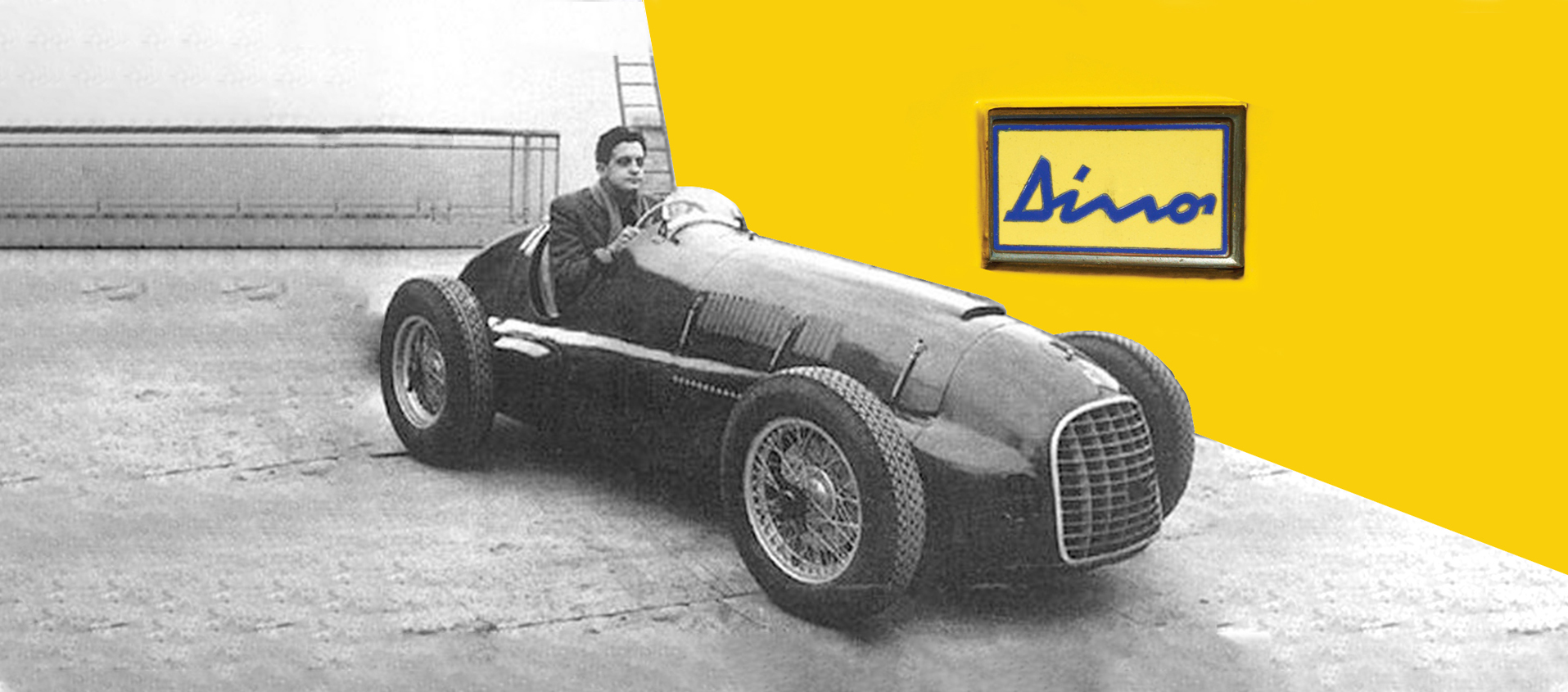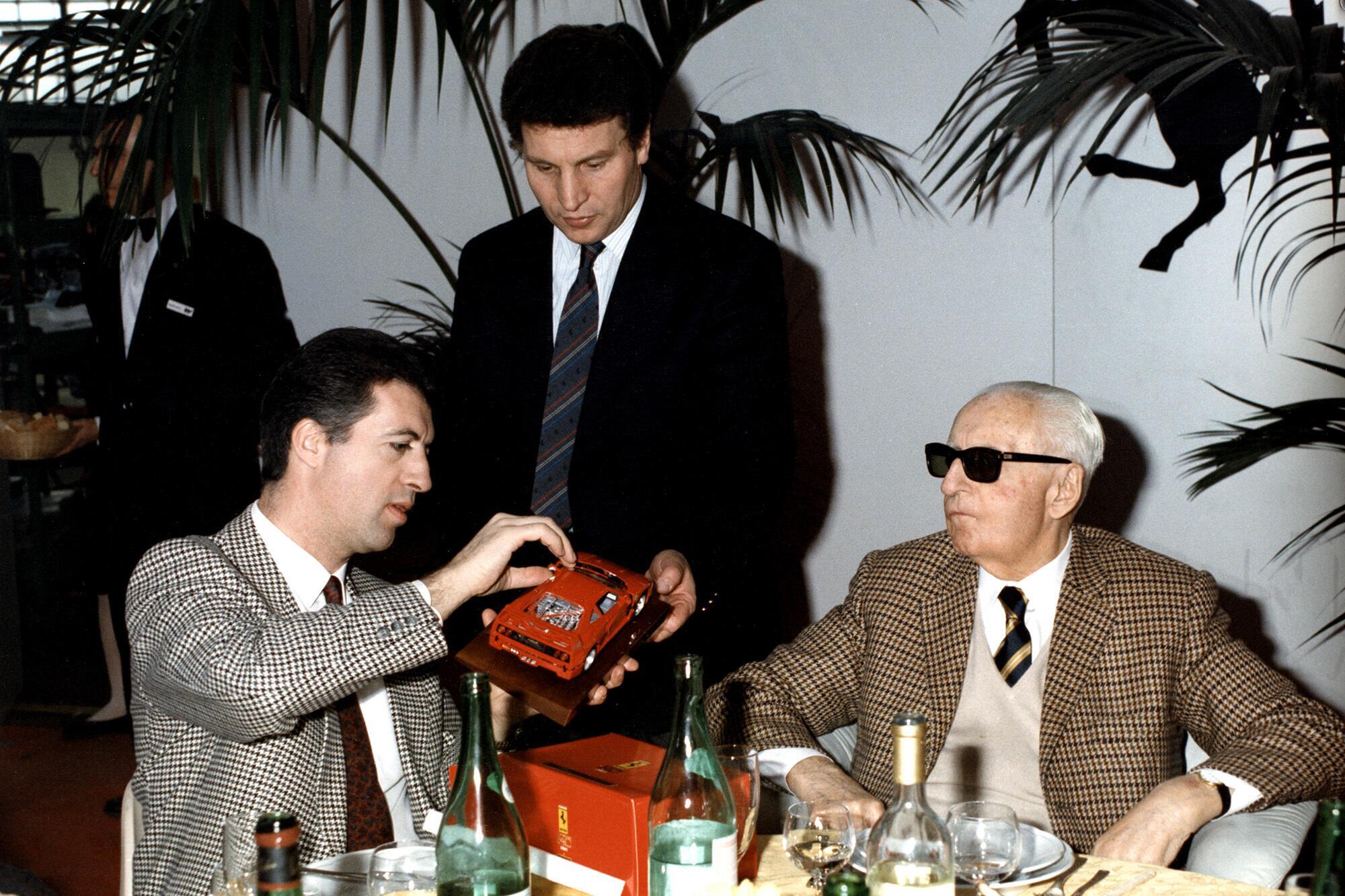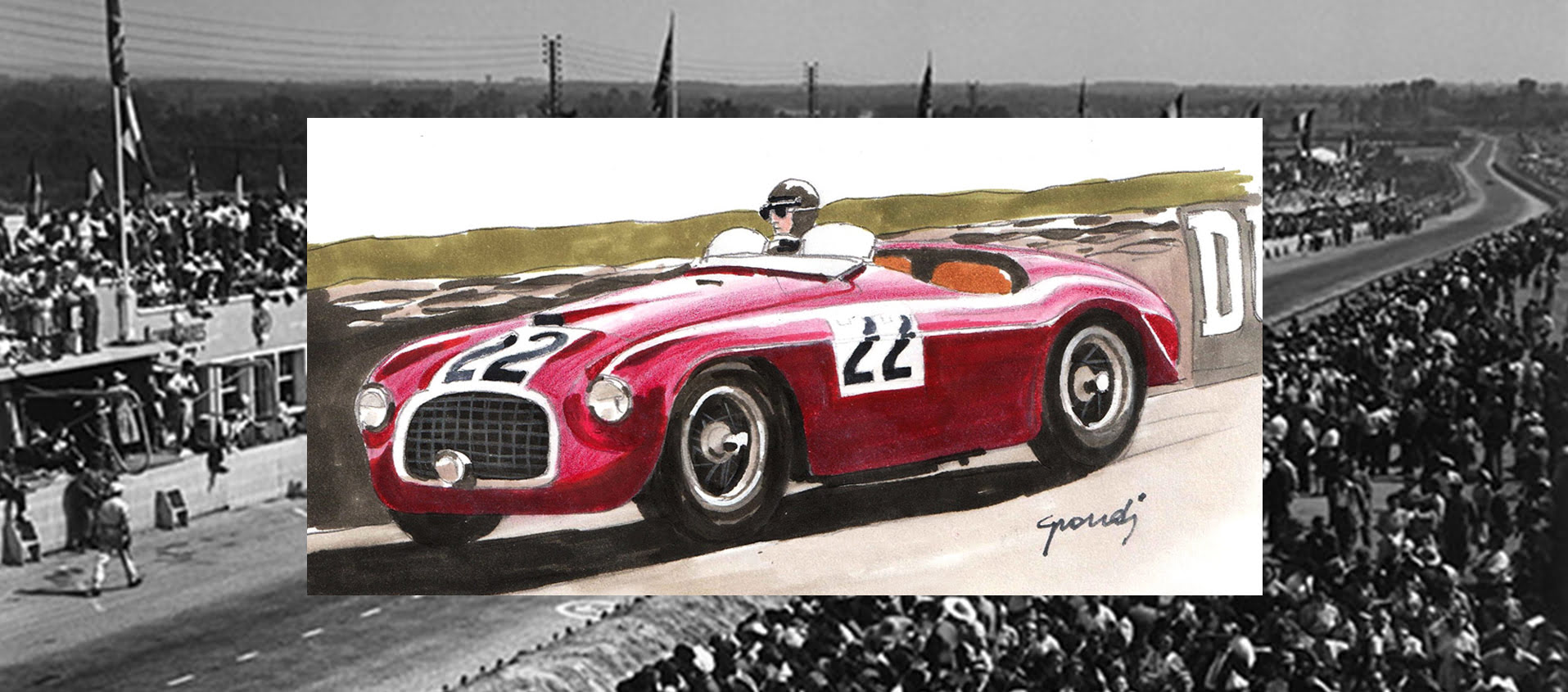Dino and that unknown document from The Key
17 November 2020 1 min read 7 images

Alfredo – nicknamed Alfredino or Dino - Ferrari was just 24 years old when he passed away in June 1956. A relentless form of muscular dystrophy took away Enzo's first son who had demonstrated, with a brilliant degree in engineering, an innate and superb talent. In last year’s TCCT yearbook, The Key 2019, we wrote about an extraordinary and relatively unknown story: a few months before died, Dino had written an article for the Italian magazine Velocità. The subject of the article was Formula 1 engines. It is no coincidence when you consider that the 65° V6 that took his name was the result of a fortuitous suggestion of his. Reading his article from many years ago, it’s clear just how much Formula 1 – and the engines they use – have changed. Dino, bravely, spoke of direct fuel injection when carburettors were the preferred choice - but back then electronics weren’t up to the task – as well as engine downsizing.
Register to unlock this article
Signing up is free and gives you access to hundreds of articles and additional benefits. See what’s included in your free membership. See what's included in your free membership.
Already have an account? Log In


